CeraVe Foaming Facial Cleanser Update: What changed in the new formula?
What changed in the CeraVe Foaming Facial Cleanser's new formula? Let's hear My Dad the Chemist's take on the changes.
I recently received a request from a reader, asking me to compare the old CeraVe Foaming Facial Cleanser against the new formula. The reader wanted to know why the new formula was making her and her husband break out, whereas the old formula had been a favorite of theirs for years. First of all, reader, I feel your pain. I understand the frustration of realizing that a formerly holy grail product no longer makes your skin happy—simply because the company decided to change its formula for some reason or another. Whenever a company changes the formula of a product, it should still sell the old version (at least online), to appease those who have already discovered that they love the product, just the way it is (a la Mark Darcy telling Bridget Jones, “I like you very much. Just as you are.").
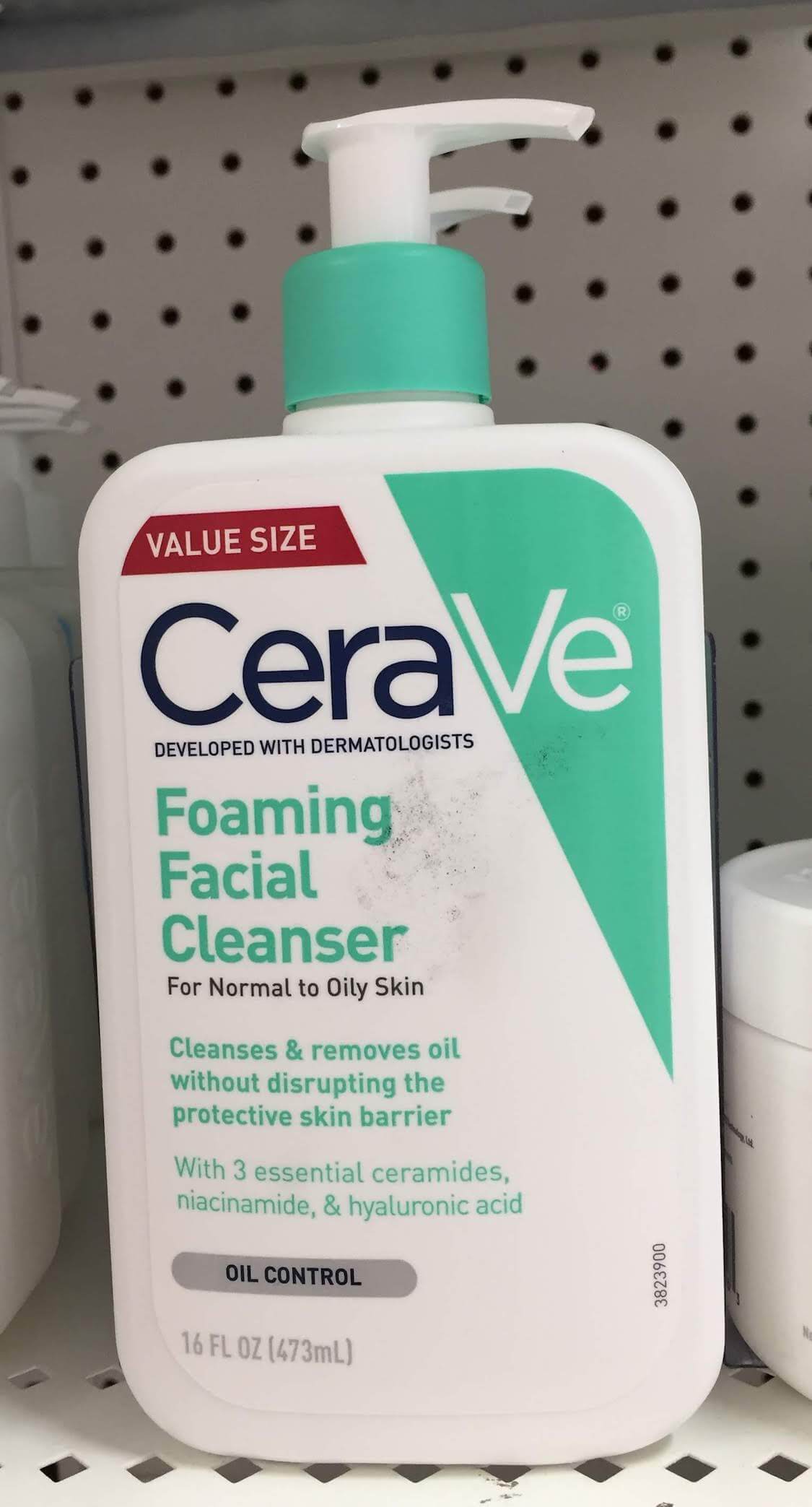
I’ve never personally used CeraVe Foaming Facial Cleanser, but I was definitely intrigued by this request. I had no idea that the formula had changed, so I was interested in taking a closer look at the changes. CeraVe’s website still lists the old version of the ingredients, strangely enough. So it turns out that this company doesn’t just need to update its ceramide names—it also needs to update its website.
CeraVe Foaming Facial Cleanser old ingredients
purified water, cocamidopropyl hydroxysultaine, glycerin, sodium lauroyl sarcosinate, peg-150 pentaerythrityl tetrastearate and peg-6 caprylic/capric glycerides, niacinamide, propylene glycol, sodium methyl cocoyl taurate, ceramide 3, ceramide 6-ii, ceramide 1, hyaluronic acid, cholesterol, sodium chloride, phytosphingosine, citric acid, edetate disodium, dihydrate, sodium lauroyl lactylate, methylparaben, propylparaben, carbomer, xanthan gum
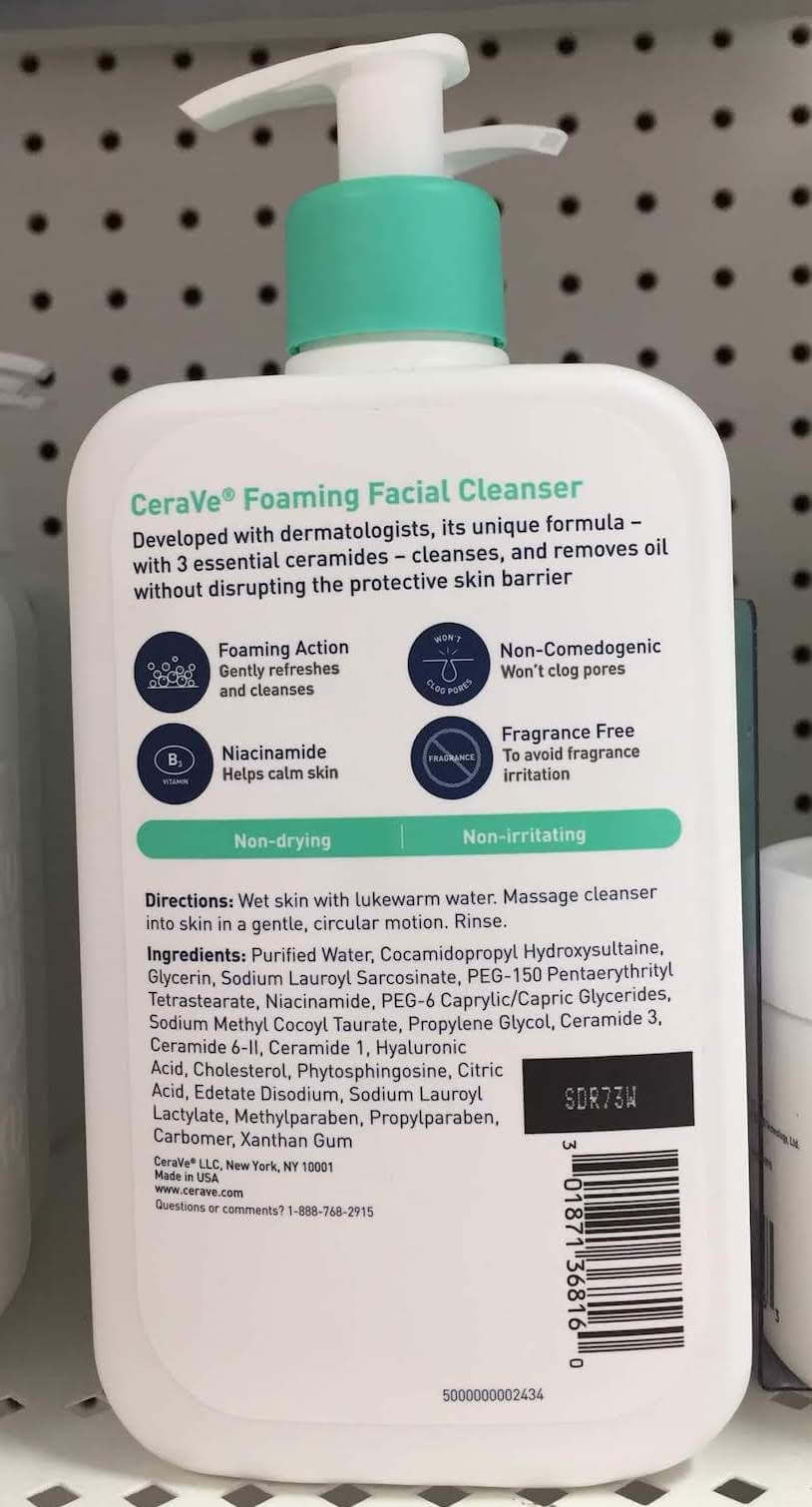
CeraVe Foaming Facial Cleanser new ingredients
purified water, cocamidopropyl hydroxysultaine, glycerin, sodium lauroyl sarcosinate, peg-150 pentaerythrityl tetrastearate, niacinamide, peg-6 caprylic/capric glycerides, sodium methyl cocoyl taurate, propylene glycol, ceramide 3, ceramide 6-ii, ceramide 1, hyaluronic acid, cholesterol, phytosphingosine, citric acid, edetate disodium, sodium lauroyl lactylate, methylparaben, propylparaben, carbomer, xanthan gum
CeraVe Foaming Facial Cleanser formula change
Here was the changes I noticed:
- New one formula lists PEG-150 Pentaerythrityl Tetrastearate as the fourth ingredient, and PEG-6 Caprylic/Capric Glycerides as the sixth ingredient, whereas the old formula listed a combined version of these ingredients (PEG-150 Pentaerythrityl Tetrastearate and PEG-6 Caprylic/Capric Glycerides) as the fourth ingredient
- new one switched the order of Sodium Methyl Cocoyl Taurate and Propylene Glycol
- new one is missing Sodium Chloride and Dihydrate
Now let’s ask my dad what he thinks about these changes.
My Dad the Chemist’s take on CeraVe Foaming Facial Cleanser formula change
Interesting stuff here. I had no idea that pre-blended ingredients like PEG-150 Pentaerythrityl Tetrastearate and PEG-6 Caprylic/Capric Glycerides usually come from name brands. Some manufacturers may switch their formulas slightly by trying to source these ingredients separately from suppliers, instead of in pre-blended form, to cut costs. Consumers will think that the formula hasn’t changed much, because they’ll still see the same two ingredients listed in the new formula, just separated by a comma instead of an “and.” So if you see that a formula previously listed a pre-blended version of ingredients (meaning that they are separated by an “and” rather than commas), this change could be more significant than you think, if
It turns out that PEG-6 Caprylic/Capric Glycerides is an important emulsifier that may not mix the actives (perhaps the foaming ingredients?) with the water, which may cause irritation. Listing this pre-blended version separately also allows the company to potentially hide the fact that they’re using less of this ingredient. Since they must list separate ingredients in order of weight %, PEG-6 Caprylic/Capric Glycerides now comes sixth in the list instead of fourth in the list (albeit in combined form with PEG-150 Pentaerythrityl Tetrastearate).
My dad also suspects that the company may not have conducted thorough testing to ensure that the new formula wouldn’t irritate skin more than the old formula—even though it contains many of the same ingredients, it may not have reevaluated the new formula thoroughly to test the effects of the new concentrations of ingredients (potentially a decrease in PEG-6 Caprylic/Capric Glycerides).
The lack of sodium chloride in the new formula probably isn’t responsible for making the new formula more irritating, but it may affect the viscosity (how thick or thin) the formula is.
Of course, all of this is speculation, because we don’t actually have access to the old and new formula’s ingredients by weight percentage. So we’re left guessing what it is about the new formula that could have caused it to become more irritating for some types of skin. I hope that this helped our reader out—pay attention to pre-blended ingredients (remember, they include an “and” in the ingredient list), and make sure that any product that you currently like doesn’t try to swap that pre-blended ingredient out and replace it with separate ingredients (separated by commas).
Further reading
- The formula change discussed on Reddit
- CeraVe Facial Moisturizing Lotion PM Update: What changed in the new formula? (2018 edition)
- CeraVe Facial Moisturizing Lotion PM formula change: What’s different in the new formula? (2020 edition)
- CeraVe Hydrating Facial Cleanser Review
- CeraVe’s response to my question about ceramide names
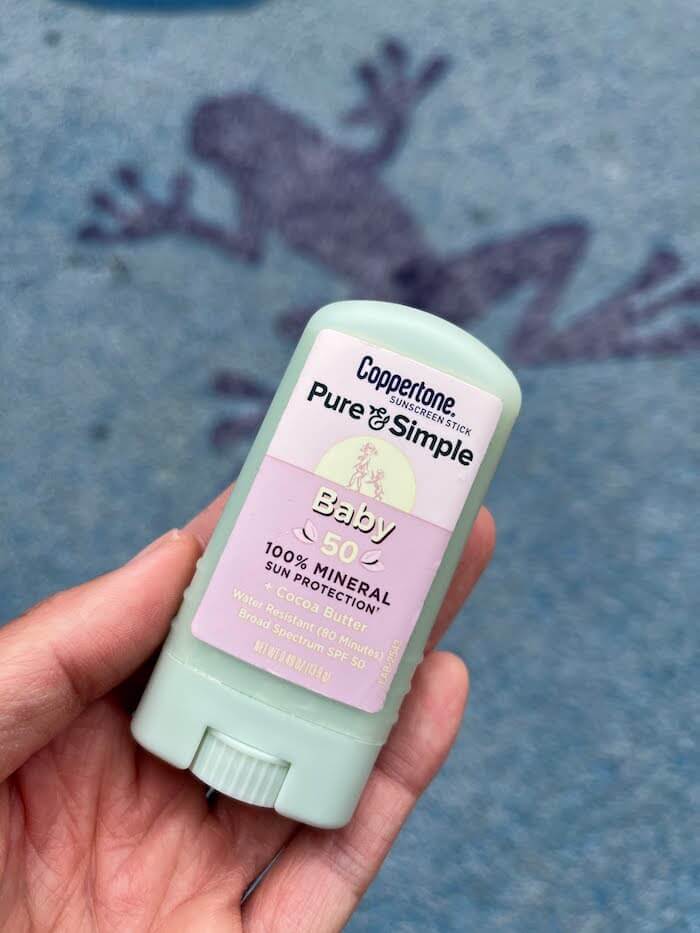
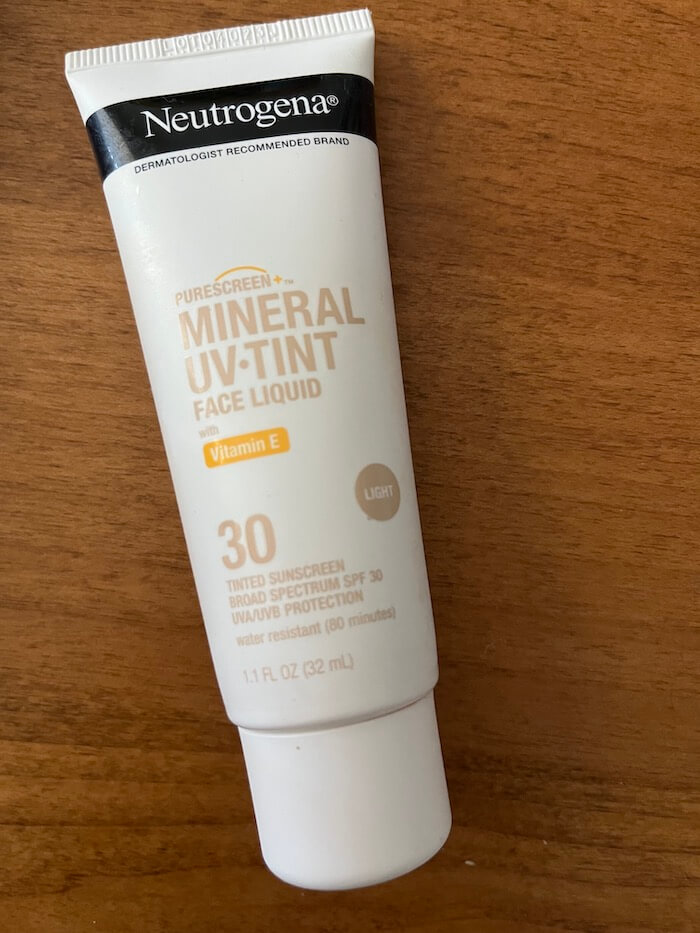
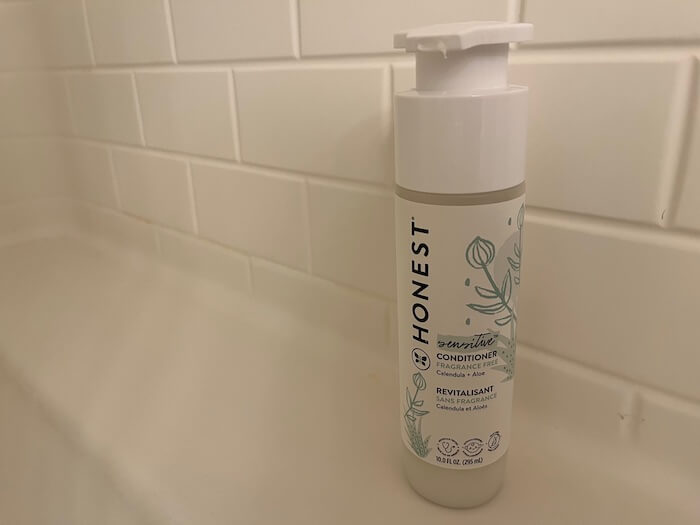



Share this post
RSS
Facebook
Reddit
Email